In the ever-expanding world of movies, the ability to properly cite quotes is becoming increasingly important. Whether you’re a film critic, a student writing a research paper, or simply a movie enthusiast who wants to give credit where it’s due, the “How To Cite Movie Quotes” product is here to make your life easier. With this comprehensive guide, you’ll learn the correct way to reference and cite movie quotes in your writing, ensuring that you maintain accuracy and avoid any plagiarism issues. Say goodbye to uncertainty and hello to confidence as you navigate the world of movie quotes with this invaluable resource.
Why Cite Movie Quotes?
Citing movie quotes is important for a number of reasons. First and foremost, it acknowledges the original source of the quote, giving credit to the creators and respecting their intellectual property rights. Additionally, citing movie quotes adds credibility to your own work by showing that you have done thorough research and are using reputable sources. Lastly, proper citation allows readers or audience members to easily locate and verify the quote, ensuring accuracy and promoting transparency.
Understanding Citation Styles
There are several different citation styles, each with its own set of rules and guidelines for citing sources. When it comes to citing movie quotes, some of the most commonly used citation styles include APA (American Psychological Association) Style, MLA (Modern Language Association) Style, Chicago Style, and Harvard Style. Let’s take a closer look at each of these styles.
APA Style
APA Style is commonly used in the social sciences and is known for its emphasis on the author-date format. When citing a movie quote using APA Style, the author’s name and the year of release are included in the in-text citation. The full citation is then included in the reference list at the end of the document.
MLA Style
MLA Style is commonly used in the humanities and is known for its emphasis on the author-page format. When citing a movie quote using MLA Style, the author’s name and the page number where the quote can be found are included in the in-text citation. The full citation is then included in the works cited list at the end of the document.
Chicago Style
Chicago Style is commonly used in the humanities and is known for its use of footnotes or endnotes and a separate bibliography page. When citing a movie quote using Chicago Style, the quote is typically placed within a footnote or endnote and the full citation is included in the bibliography.
Harvard Style
Harvard Style is commonly used in the social sciences and natural sciences and is known for its use of in-text citations and a separate reference list. When citing a movie quote using Harvard Style, the author’s name and the year of release are included in the in-text citation. The full citation is then included in the reference list at the end of the document.
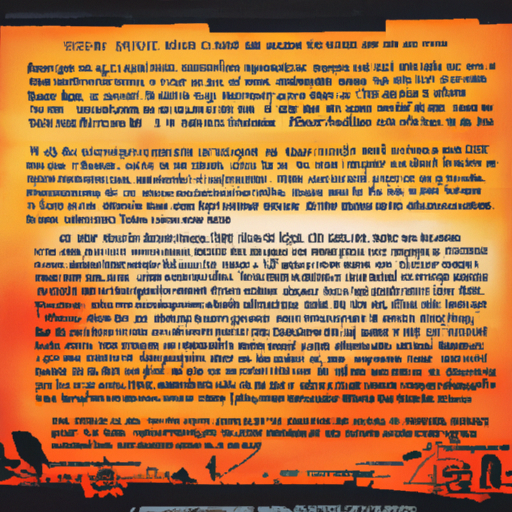
Citation Basics
Regardless of the citation style you are using, there are a few key elements that should be included when citing a movie quote. These include:
- Author’s Name: The name of the director, writer, or any other relevant individuals associated with the movie.
- Movie Title: The title of the movie should be italicized or placed in quotation marks, depending on the citation style.
- Release Year: The year the movie was released.
- Specific Quote: The exact words or phrases that are being quoted.
- Page Number (if applicable): If the quote can be found on a specific page or timestamp, it should be included in the citation.
APA Style
In APA Style, the in-text citation for a movie quote includes the author’s name and the year of release, separated by a comma. For example: (Spielberg, 1993). The full citation is then included in the reference list at the end of the document, following the appropriate APA Style guidelines.
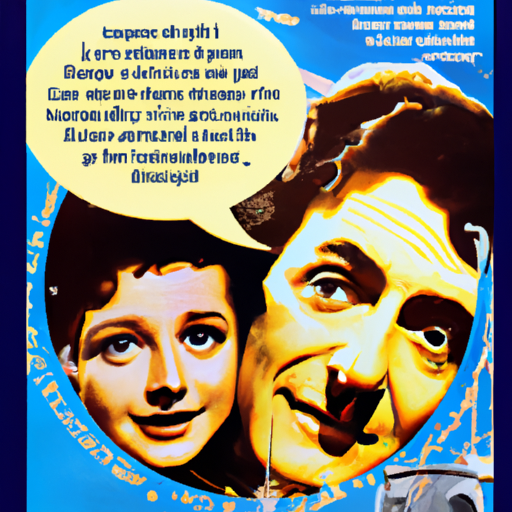
MLA Style
In MLA Style, the in-text citation for a movie quote includes the author’s name and the page number where the quote can be found, separated by a space. For example: (Tarantino 54). The full citation is then included in the works cited list at the end of the document, following the appropriate MLA Style guidelines.
Chicago Style
In Chicago Style, the footnote or endnote citation for a movie quote includes the author’s name, the movie title in italics or quotation marks, and additional relevant information such as the director or release year. The full citation is then included in the bibliography at the end of the document, following the appropriate Chicago Style guidelines.
Harvard Style
In Harvard Style, the in-text citation for a movie quote includes the author’s name and the year of release, separated by a comma. For example: (Nolan, 2010). The full citation is then included in the reference list at the end of the document, following the appropriate Harvard Style guidelines.
Citing Movie Quotes in Different Scenarios
When it comes to citing movie quotes, it is important to consider the different scenarios in which quotes may be used. Here are some common scenarios and how to properly cite movie quotes in each:
Quoting Dialogue
When quoting dialogue from a movie, the quote should be enclosed in quotation marks and the citation should include the relevant information such as the author and the film. For example: “I’ll be back” (Cameron, The Terminator, 1984).
Quoting Monologues
When quoting a monologue from a movie, the quote should also be enclosed in quotation marks and the citation should include the relevant information. For example: “Life is like a box of chocolates; you never know what you’re gonna get” (Zemeckis, Forrest Gump, 1994).
Quoting Voice-Overs
When quoting a voice-over from a movie, the quote should be enclosed in quotation marks and the citation should include the relevant information. For example: “In a galaxy far, far away…” (Lucas, Star Wars: Episode IV – A New Hope, 1977).
Quoting Subtitles
When quoting subtitles from a foreign language film, the quote should be enclosed in quotation marks and the translation should be provided in square brackets. The citation should still include the relevant information such as the author and the film. For example: “Hasta la vista, baby” [Goodbye, baby] (Cameron, Terminator 2: Judgment Day, 1991).
Quoting Foreign Language Films
When quoting a non-English film, the original language of the quote should be retained and a translation can be provided in square brackets. The citation should still include the relevant information. For example: “Il faut que je te quitte” [I have to leave you] (Jeunet, Amélie, 2001).
Online Streaming Platforms
With the rise of online streaming platforms, it is also important to consider how to cite movie quotes from these sources. When citing a movie quote from an online streaming platform, such as Netflix or Amazon Prime, the same basic citation principles apply. However, it is important to also include the name of the platform and any other relevant information such as the URL or streaming service.
For example: “Here’s looking at you, kid” (Curtiz, Casablanca, 1942, Netflix).
Conclusion
Citing movie quotes is a crucial aspect of academic and professional writing, as it shows respect for the original creators and promotes accuracy and transparency. By understanding the different citation styles and the basics of citing movie quotes, individuals can effectively incorporate quotes from films into their own work. Whether quoting dialogue, monologues, voice-overs, or subtitles, each scenario requires careful attention to detail and adherence to the specific citation style guidelines. With the increasing prevalence of online streaming platforms, it is also important to consider how to properly cite movie quotes from these sources. By following the appropriate citation style and including all necessary information, individuals can confidently and accurately cite movie quotes in their own work.







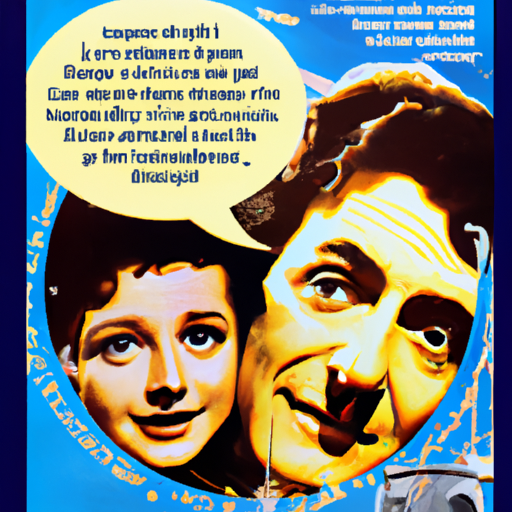
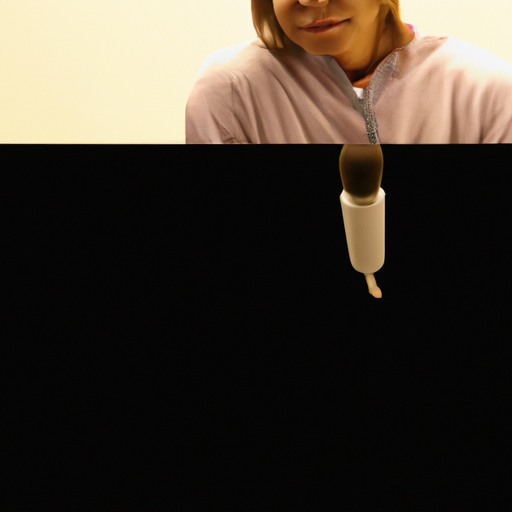
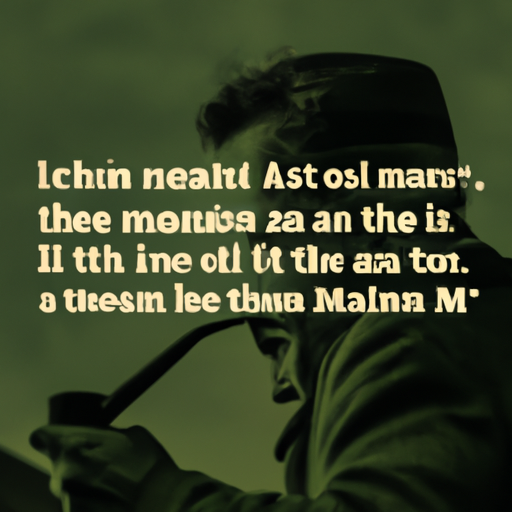
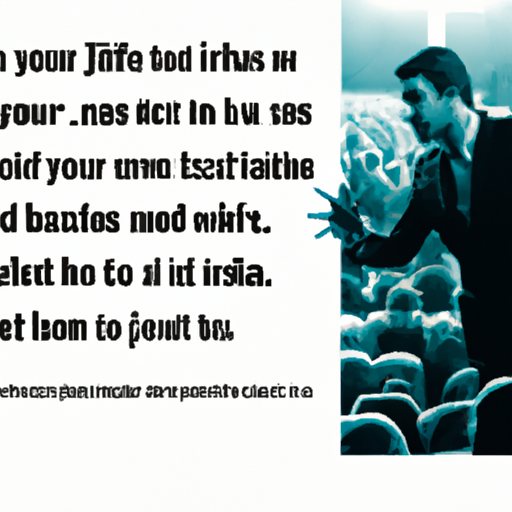
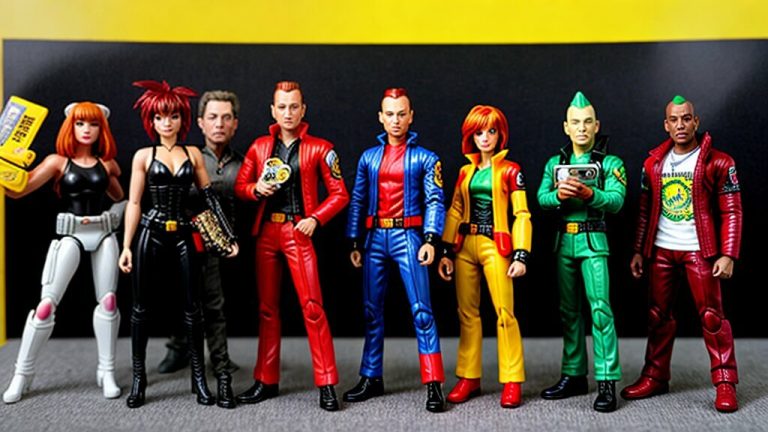
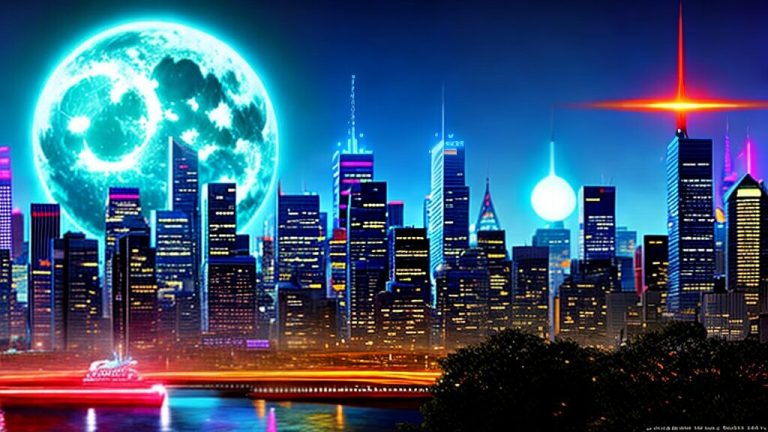
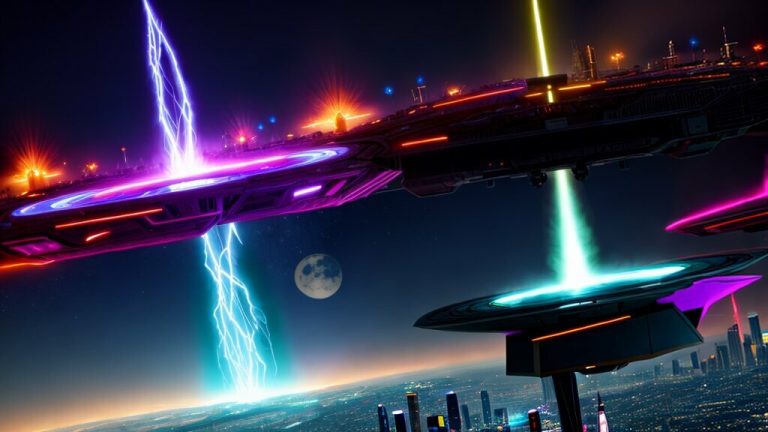
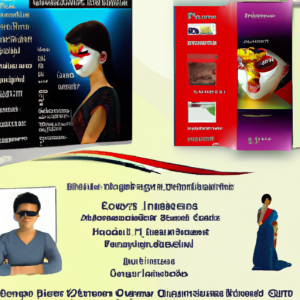
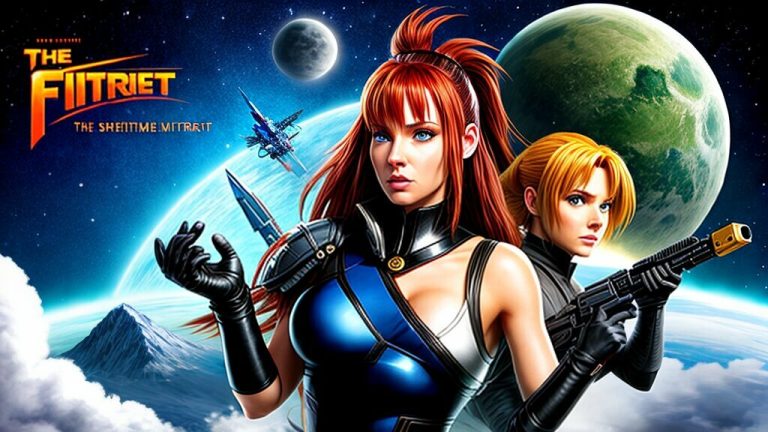
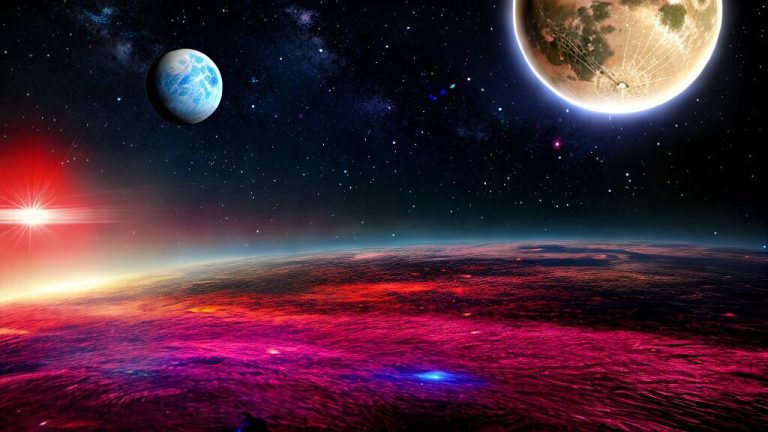
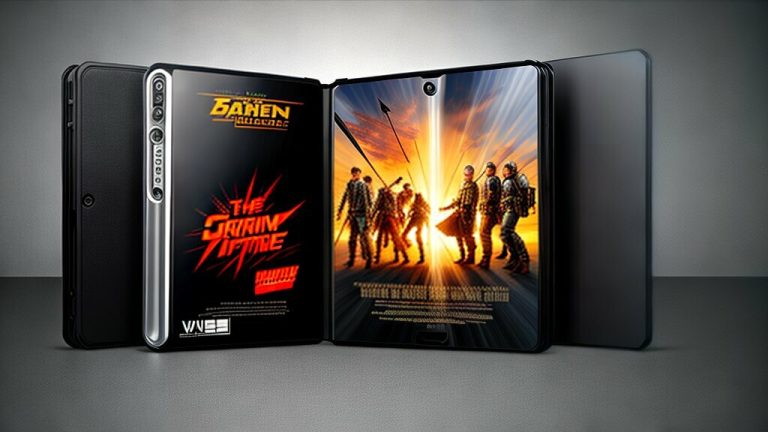
+ There are no comments
Add yours